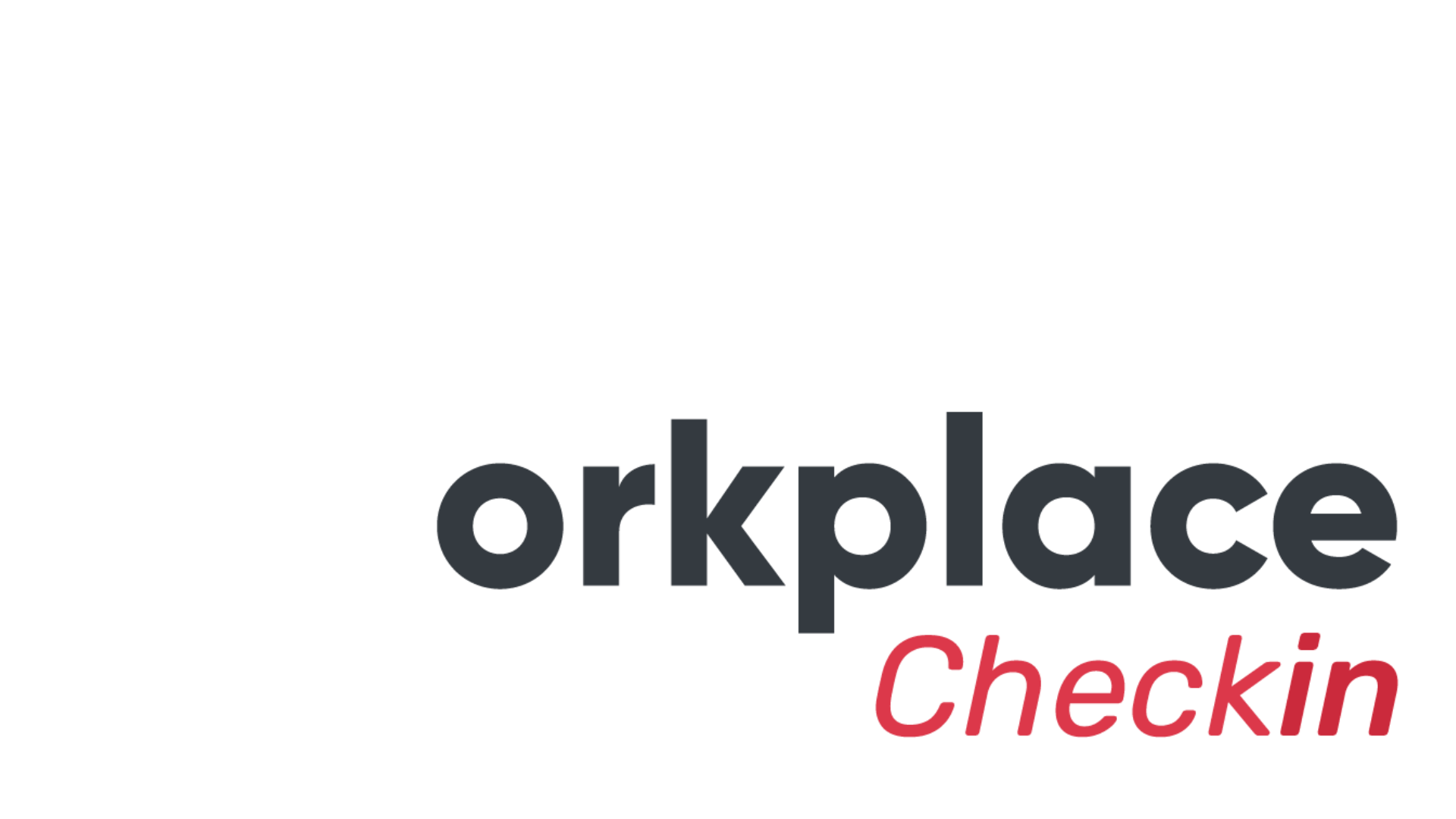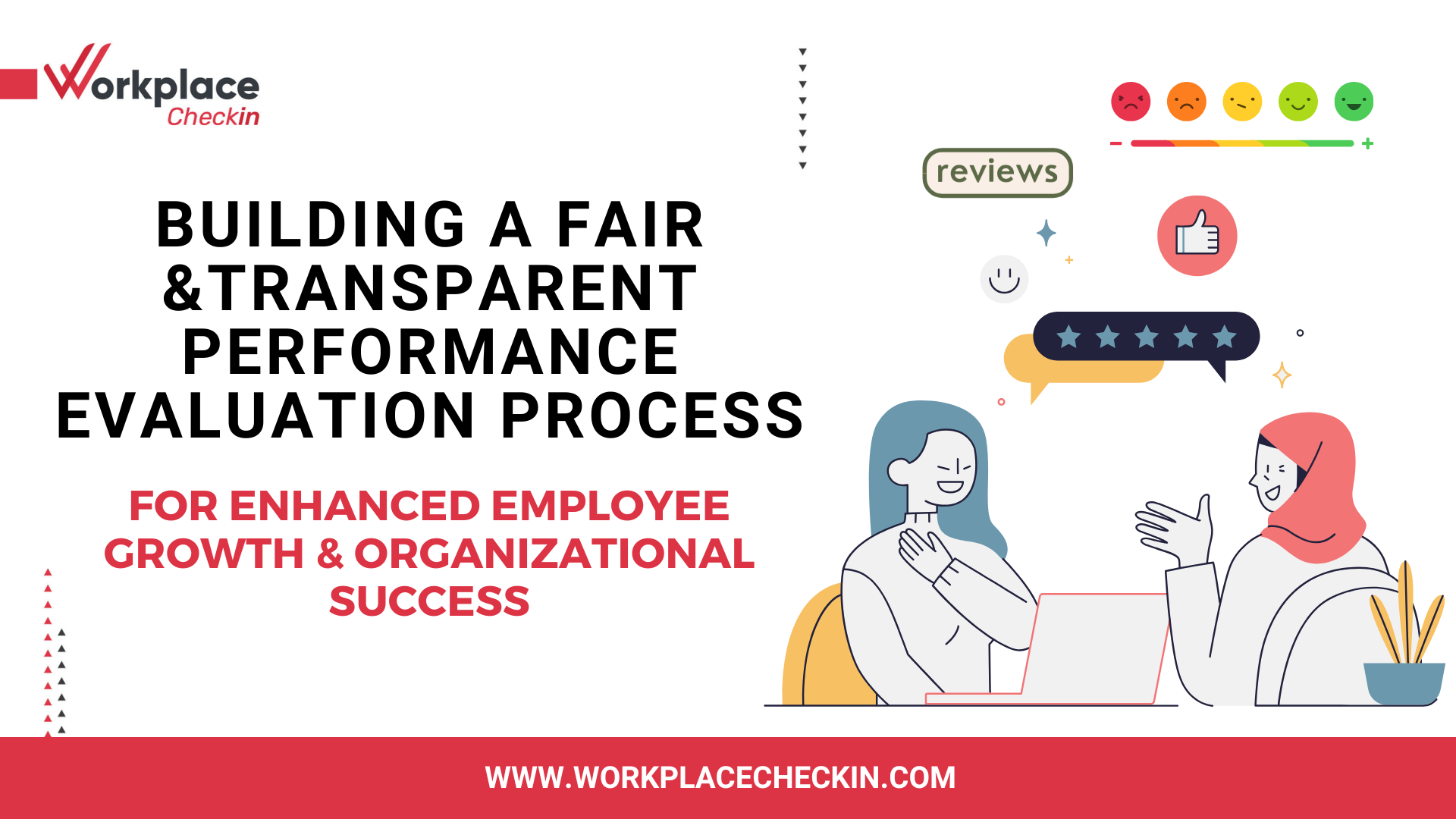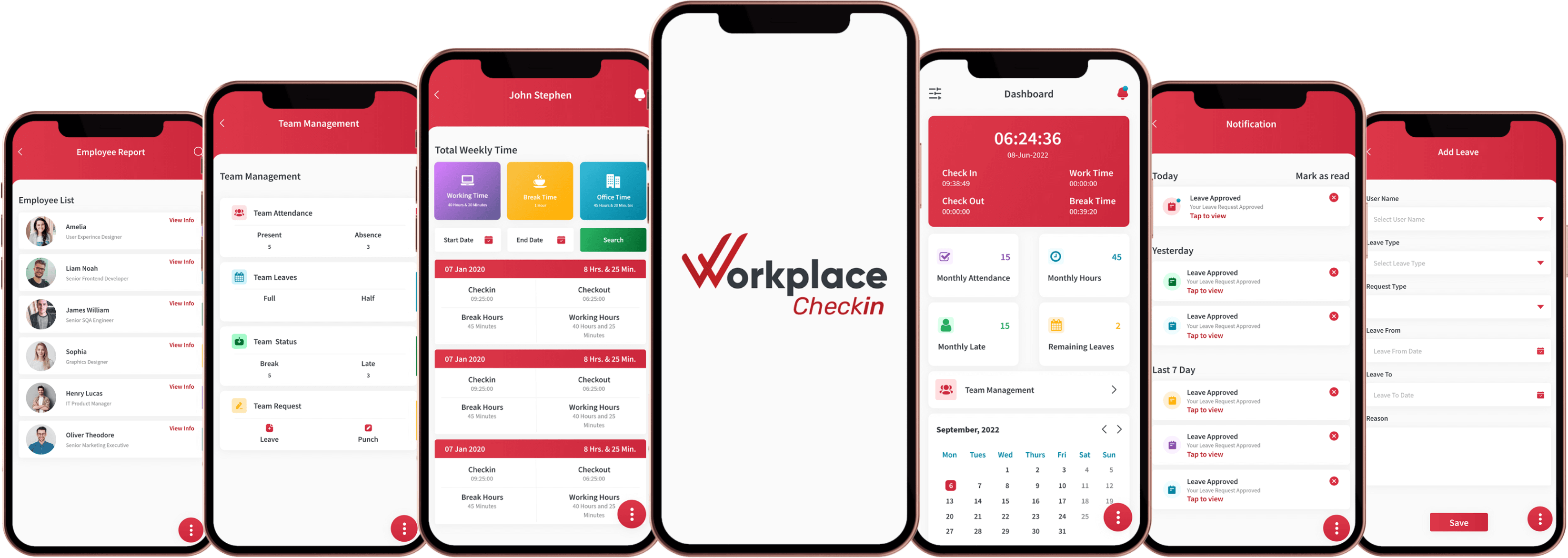

Team meetings are essential for fostering communication and collaboration within any organization. However, they can often become inefficient and frustrating if not properly managed. Transforming team meetings from a dreaded obligation into a productive and engaging experience requires deliberate planning and execution. Here are comprehensive tips to ensure your team meetings are effective, engaging, and productive.

1. Define Clear Objectives
The foundation of any successful meeting is a clear objective. Before scheduling a meeting, ask yourself what you aim to achieve. Whether it’s brainstorming new ideas, making key decisions, or providing project updates, having a well-defined goal helps keep everyone focused and on track. Objectives should be specific and measurable, ensuring that you can assess whether the meeting was successful afterward. For example, instead of having a vague goal like "discuss project progress," aim for "identify three major milestones for the next quarter."
2. Create and Distribute an Agenda
An agenda serves as the roadmap for your meeting. It should outline the topics to be discussed, the time allocated for each item, and the desired outcomes. Distribute the agenda to participants at least a day in advance. This allows everyone to prepare adequately, ensuring that all necessary materials and information are available. A well-prepared agenda can also help manage time effectively, preventing the meeting from going off track.
3. Invite the Right People
Only include those who are essential to the meeting’s objectives. Overcrowding a meeting can lead to off-topic discussions and a lack of focus, while excluding key stakeholders can result in important perspectives being overlooked. Ensure that everyone invited has a clear role and can contribute meaningfully to the discussion. This selective approach not only streamlines the meeting but also respects everyone’s time.

4. Start and End on Time
Punctuality is crucial for maintaining the professionalism and efficiency of meetings. Starting and ending on time demonstrates respect for everyone’s schedule and encourages a culture of timeliness. If the meeting consistently starts late, it sends a message that attendees' time is not valued, which can lead to decreased morale and engagement. To stay on schedule, consider using a visible timer or appointing a timekeeper.
5. Assign Roles
Designate specific roles within the meeting, such as a facilitator to guide the discussion, a note-taker to record key points and decisions, and a timekeeper to monitor the schedule. The facilitator’s job is to keep the conversation on track, ensure all voices are heard, and prevent any one person from dominating the discussion. The note-taker ensures that important information is documented, which is essential for follow-up and accountability. The timekeeper helps keep the meeting within the allotted time frame, ensuring that no single topic monopolizes the discussion.
6. Foster an Inclusive Environment
Creating a safe space where everyone feels comfortable sharing their ideas and opinions is crucial. Encourage participation from all team members, particularly those who may be quieter or less inclined to speak up. Techniques such as round-robin discussions, where each person has a chance to speak, can help ensure that everyone’s voice is heard. An inclusive environment leads to more diverse perspectives and innovative solutions.
7. Stay on Topic
Adhering to the agenda and staying on topic is vital for maintaining the meeting’s focus and efficiency. If new issues arise that are not on the agenda, note them down and address them in a separate meeting or through other appropriate channels. This practice helps prevent the meeting from becoming sidetracked and ensures that all planned topics are thoroughly covered.

8. Encourage Open Communication
Open communication is the backbone of a productive meeting. Foster a culture where team members feel free to speak up and share their thoughts without fear of criticism. Active listening is equally important – make sure to acknowledge contributions and provide constructive feedback. This not only builds trust but also encourages more dynamic and fruitful discussions.
9. Use Technology Wisely
Leverage tools like video conferencing, shared documents, and project management software to enhance collaboration, especially for remote teams. Ensure that everyone is comfortable with the technology being used and provide training if necessary. Effective use of technology can streamline the meeting process, making it easier to share information and collaborate in real-time.
10. Summarize and Assign Action Items
At the end of the meeting, summarize the key takeaways, decisions made, and actions to be taken. Assign responsibility for each action item and set clear deadlines. This ensures accountability and helps track progress. A clear summary helps prevent misunderstandings and ensures that everyone leaves the meeting with a shared understanding of what was accomplished and what needs to be done next.

11. Follow Up
After the meeting, send a follow-up email or message with the meeting minutes, highlighting the action items and deadlines. This reinforces what was discussed and agreed upon and serves as a reference point for future meetings. Regular follow-up ensures that decisions and action items are not forgotten and helps maintain momentum.
12. Continuously Improve
Solicit feedback from team members on how meetings can be improved. Regularly review and refine your meeting processes to keep them effective and engaging. This could involve informal conversations or more structured surveys. Being open to feedback demonstrates that you value your team’s input and are committed to continuous improvement.
Conclusion
Effective team meetings are essential for fostering collaboration, making informed decisions, and driving projects forward. By implementing these tips, you can ensure that your meetings are productive, inclusive, and a valuable use of everyone’s time. Remember, the key to successful meetings lies in preparation, participation, and follow-through.
By taking the time to plan your meetings carefully, foster an environment of open communication, and follow up diligently, you can transform your team meetings from a routine task into a powerful tool for collaboration and innovation. Happy meeting!
These strategies are designed to help you create a meeting culture that respects time, encourages participation, and achieves tangible results. Implementing even a few of these suggestions can lead to noticeable improvements in how your team communicates and collaborates, making meetings something to look forward to rather than dread.






